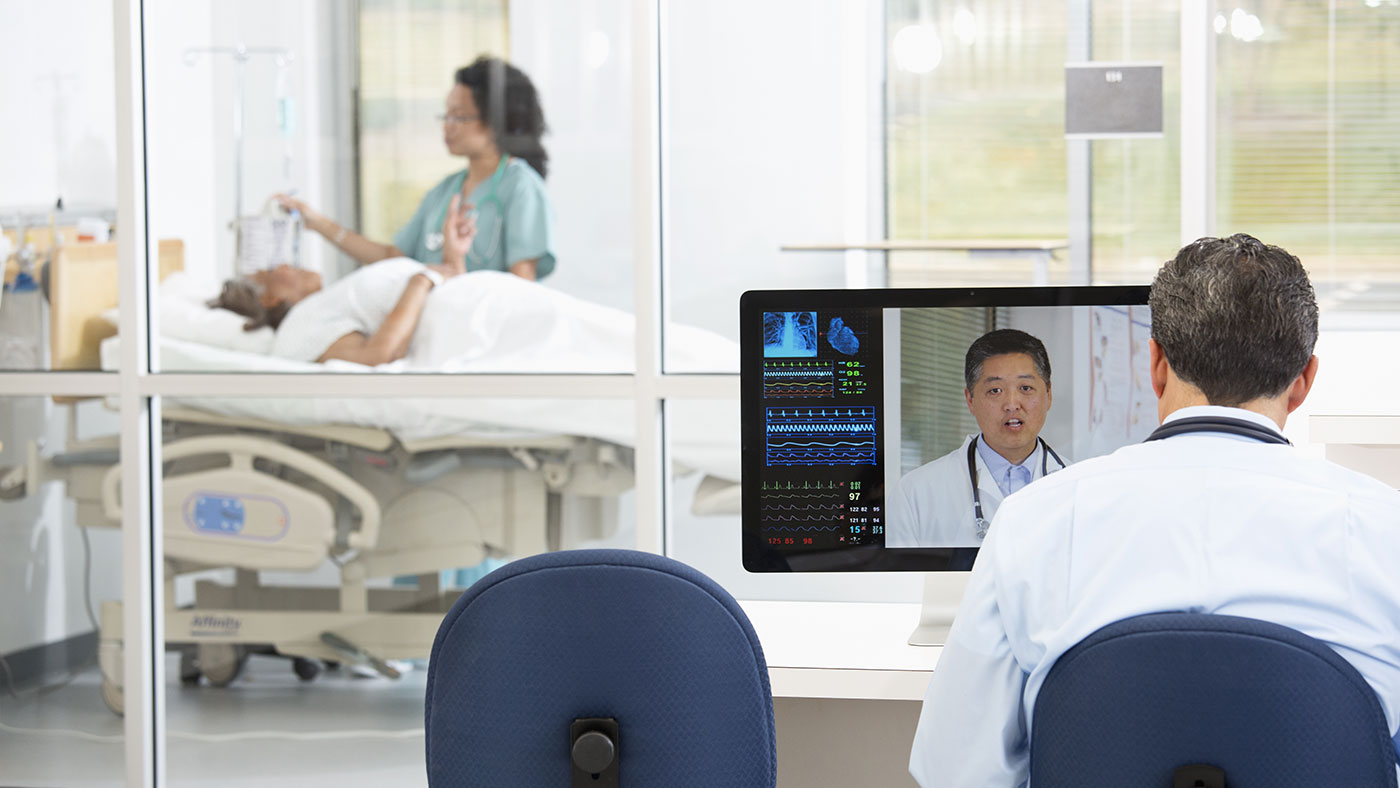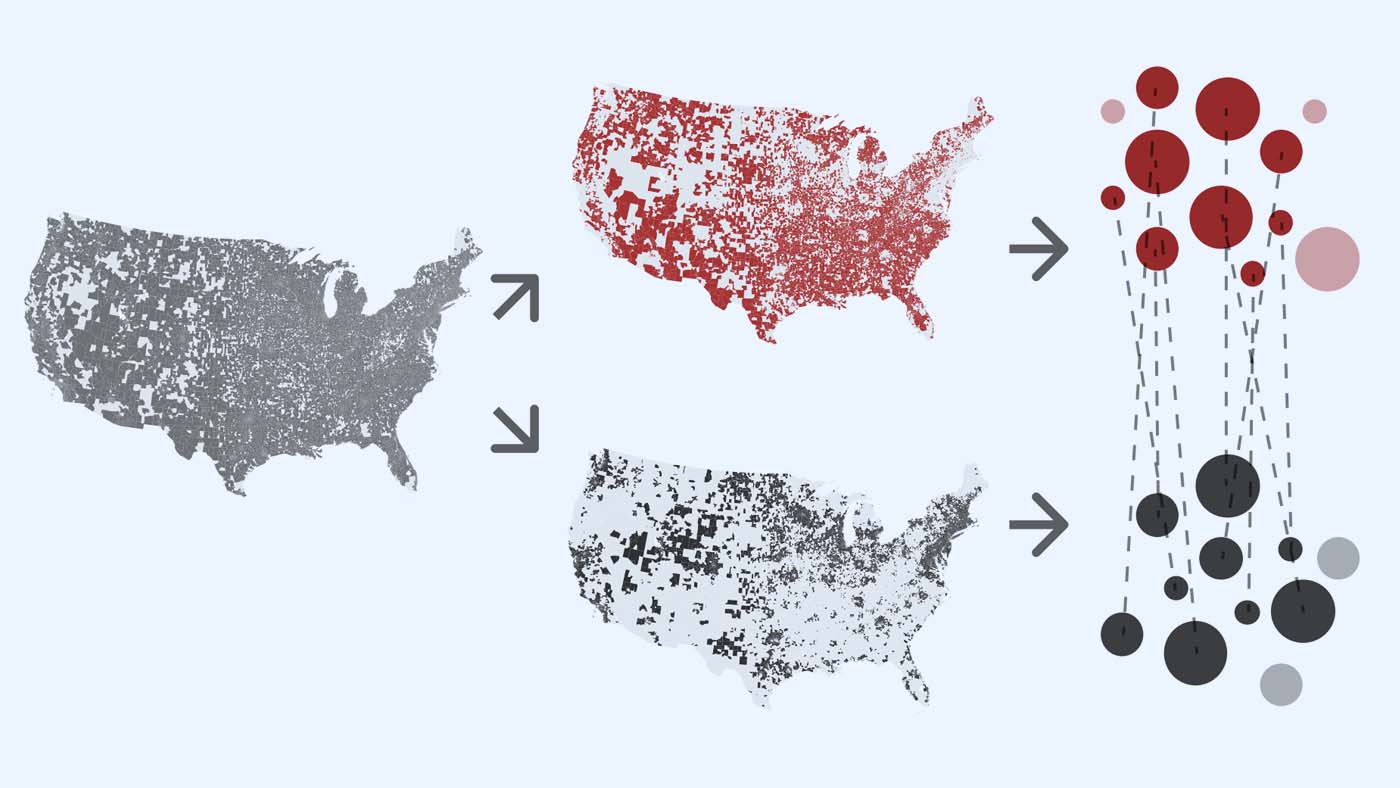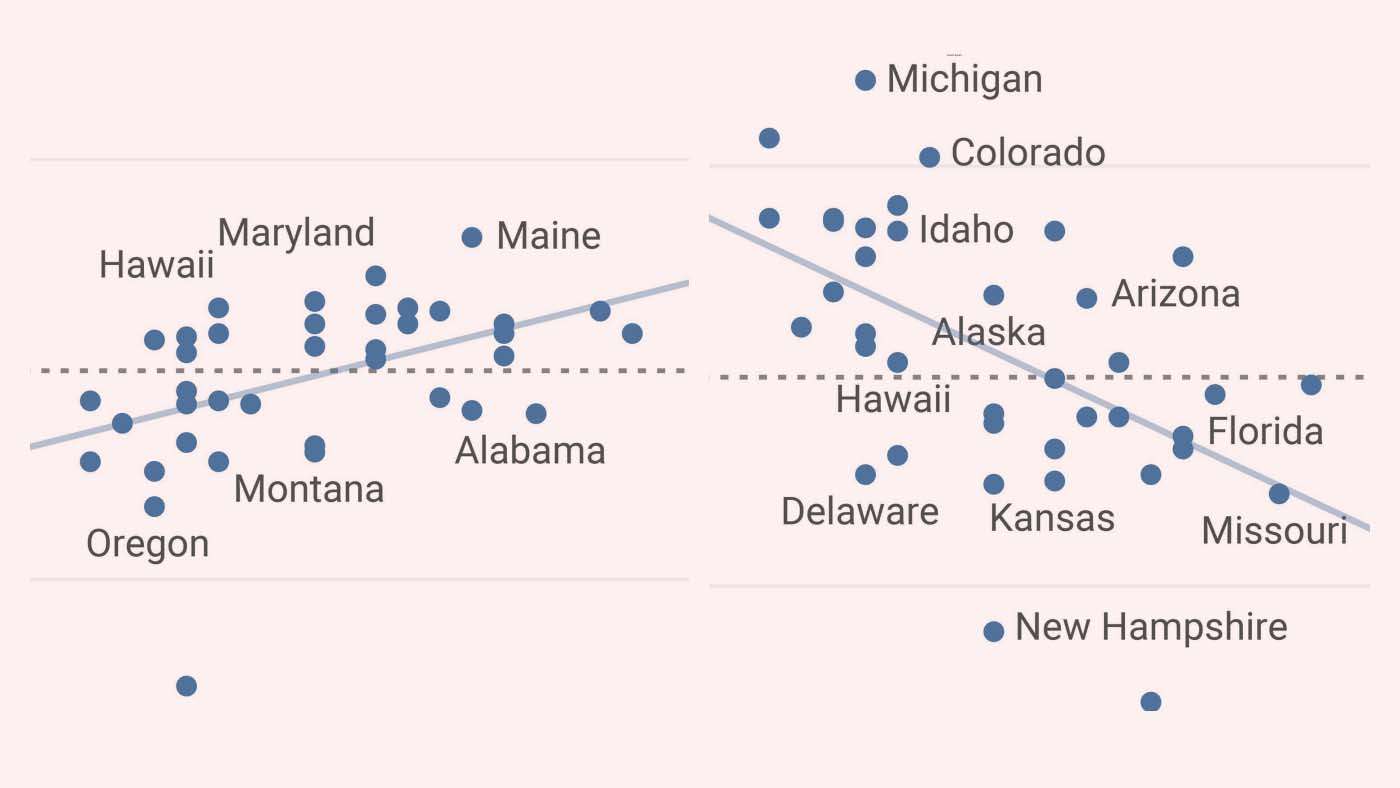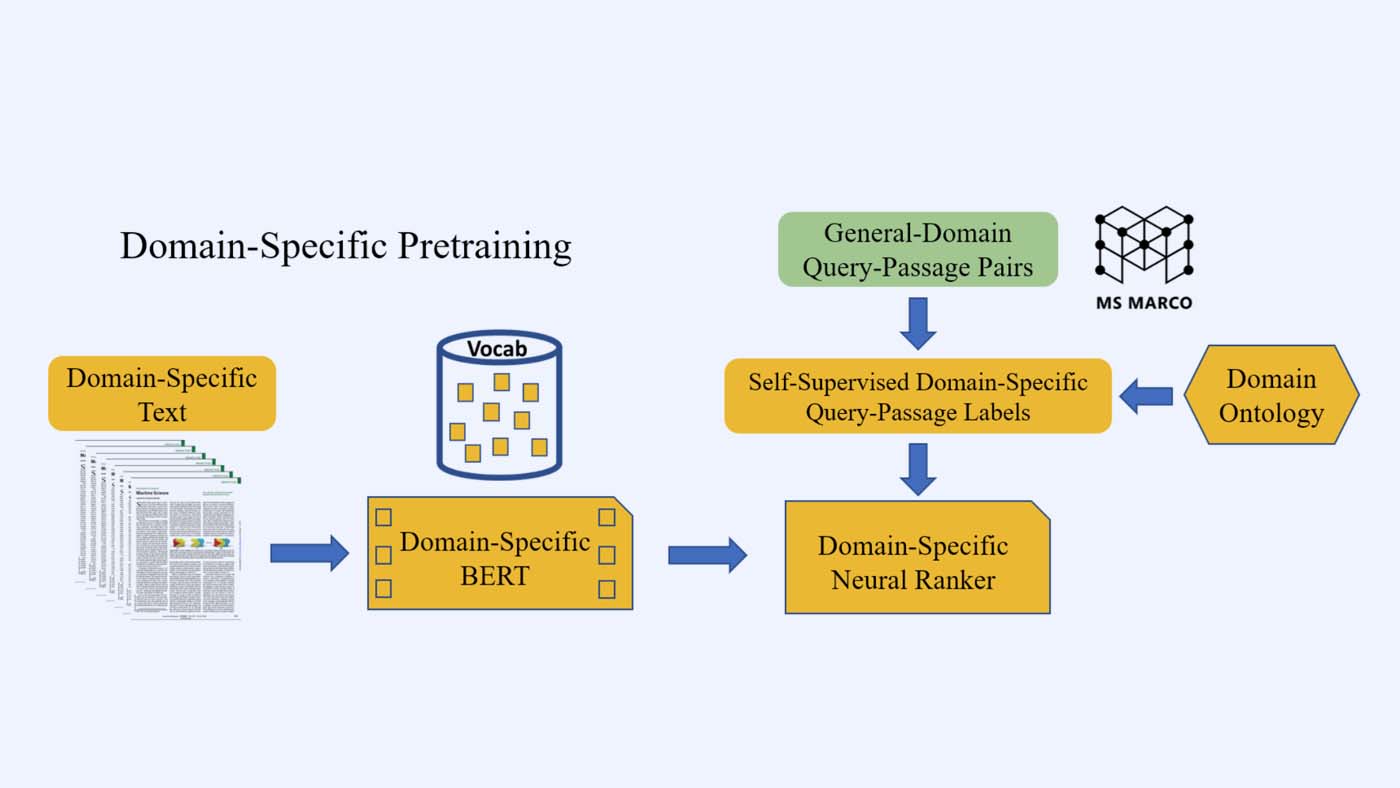The COVID-19 pandemic has affected nearly every aspect of life around the world, from healthcare and economics to diet and social needs. As a result, researchers have turned to a variety of methods to understand the impacts of the pandemic and inform policies and recovery efforts. These methods include analyzing internet search data to track shifts in human needs and dietary interests, using self-supervised learning to improve vertical search in the biomedical literature, and studying the prevalence and impact of misinformation related to COVID-19. By applying these methods, researchers are gaining insights into the complex and evolving effects of the pandemic on individuals and societies.

Digital health COVID-19 impact assessment: Lessons Learned and Compelling Needs
The adoption of digital health technologies, such as electronic medical records, telemedicine, and artificial intelligence, has transformed the healthcare industry over the past decade. These technologies are allowing for a more people-centered, collaborative approach to continuous health and wellness, with the potential to provide more holistic care and address social equity issues. The COVID-19 pandemic has accelerated the adoption of telemedicine and other digital health solutions but has also highlighted the need for a coherent and accessible data infrastructure. Despite progress made in digitizing healthcare information, critical data sources are not yet ready for use, which can hinder the effectiveness of digital technologies in delivering care. This discussion paper is part of the National Academy of Medicine’s Emerging Stronger COVID-19: Priorities for Health System Transformation initiative.

Differences by community in enlisting online resources during the COVID-19 pandemic
The COVID-19 pandemic has increasingly pushed people to rely on online resources for health, economic, and educational needs. A study of 55 billion web search interactions across 25,150 US ZIP codes during the pandemic showed that the extent to which different communities enlisted digital resources varied depending on socioeconomic and environmental factors. It found that lower income ZIP codes intensified their access to health information to a smaller extent than ZIP codes with higher incomes, and that ZIP codes with higher proportions of Black or Hispanic residents intensified their access to unemployment resources to a greater extent. These differences raise important questions about real-world implications of differential information search behaviors.

Population-scale study of human needs during the COVID-19 pandemic based on Maslow’s hierarchy
To mitigate the pandemic’s effects, decision-makers need to consider its broader impact on people and their needs. A new computational framework, based on Maslow’s hierarchy of human needs, offers a holistic view. It was applied to characterize changes in human needs across physiological, socioeconomic, and psychological realms, based on over 35 billion search interactions across 36,000 US ZIP codes. It revealed an exponential increase in the expression of basic human needs while higher-level aspirations declined. It showed that potential barriers to addressing needs such as support for unemployment and domestic violence can be identified through web search interactions. It suggests that population-scale monitoring of shifts in human needs can inform policies and recovery efforts.

Population-scale dietary interests during the COVID-19 pandemic
This research examines population-wide shifts in dietary interests during the pandemic, as revealed through time series of Google search volumes in 18 countries in 2020. It found that the shock of decreased mobility manifested as a drastic increase in interest in consuming food at home and a corresponding decrease in consuming food outside of home. The largest increases occurred for calorie-dense carbohydrate-based foods such as pastries, bakery products, bread, and pies. The observed shifts in dietary interests have the potential to globally affect food consumption and health outcomes.

Vertical biomedical literature searches using domain-specific pertaining
Biomedical literature on COVID-19 has swelled to over a million new papers every year, making searches in the biomedical and many other vertical domains challenging. Self-supervised learning has emerged as a promising direction to overcome the annotation bottleneck. This research suggests a general approach for vertical search based on domain-specific pretraining and presents a case study for the biomedical domain. This method performs comparably or better than the best systems in an official COVID-19-related biomedical search competition. Using distributed computing, it can scale to tens of millions of articles.

Telehealth’s Changing Role During COVID-19: Insights from Urban India
The COVID-19 pandemic has made telehealth technologies a crucial means of providing non-COVID-19, non-emergency care. A qualitative analysis of 181 survey responses and 18 interviews with doctors and patients in urban India reveals the infrastructural changes that supported this transition. The study analyzed the technology infrastructures in place and being created, the changes in consultation practices required for doctors and patients to adapt to teleconsultations, and the shifting dynamics of the human infrastructures that enable healthcare. The findings suggest that teleconsultations have the potential to provide inclusive and equitable care in the future. The study highlights implications for the design of telehealth infrastructures to better support healthcare in a post-pandemic world.

